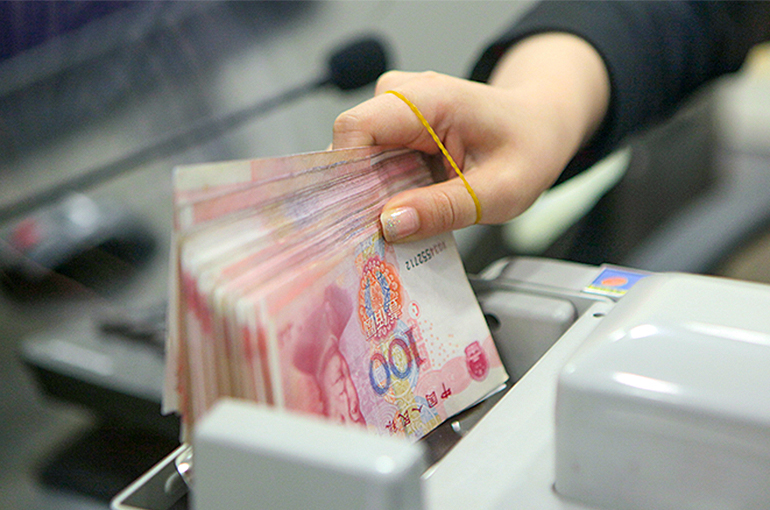 Chinese Banks Surprise With Higher One-Year Deposit Rates Than Two-Year Rates
Chinese Banks Surprise With Higher One-Year Deposit Rates Than Two-Year Rates(Yicai) Feb. 10 -- Several Chinese lenders are challenging conventional investment logic by offering higher returns on one-year deposit products than on two-year products to reduce operational risks amid low benchmark rates environment.
At least five small and medium-sized commercial banks have adjusted their rates in the past month, making their one-year deposit rates higher than or equal to those of two-year products, according to incomplete statistics.
This move contradicts the fundamental principle that "a dollar today is worth more than a dollar tomorrow." Traditionally, banks offer better rates for longer-term deposit products to compensate investors for reduced liquidity and potential inflation.
For instance, Shanxi province's Shuozhou Rural Commercial Bank recently adjusted its rates, offering 30 basis points higher returns on its one-year deposit product compared to its two-year product. Similarly, the rate for three-year deposits is 25 basis points higher than that of five-year products.
Unusual Inversions
This is not China's first unusual rate inversion. In mid-2024, many small and medium-sized commercial banks modified their rates to make three-year deposit products more attractive than five-year products.
A relationship manager at a joint-stock bank told Yicai that the latest trend affecting shorter-term products is even more unusual than the earlier three and five-year return disparity.
An insider from a rural commercial bank in Guangdong explained to Yicai that most one-year and two-year rate inversions occur in rural commercial banks, whose clients are rural residents more sensitive to interest rate changes. By offering relatively more attractive shorter-term savings tools, banks can attract new clients while maintaining stable risks for longer-term products.
Dong Ximiao, chief researcher at Merchants Union Consumer Finance, noted that the inversion reflects banks' response to consistently low benchmark interest rates and banks' efforts to reduce costlier medium and long-term deposits. The one-year loan prime rate, a key policy rate, has remained at 3.1 percent since being cut from 3.35 percent last October. The five-year LPR, which affects mortgages, is 3.6 percent.
However, this trend is not expected to persist. Dong emphasized that interest rate inversions in short and medium-term products are exceptional phenomena, not common practice.
Zeng Gang, chief expert at the Shanghai Institution for Finance and Development, added that banks have different liability structures and adjustment strategies, suggesting the inversion trend remains an anomaly.
Editors: Tang Shihua, Emmi Laine